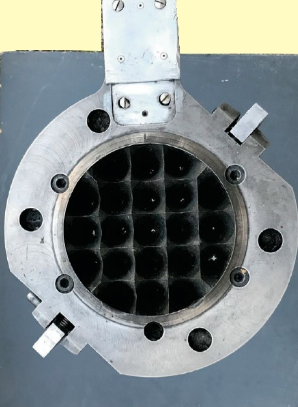A New Paradigm In Polymer Compounding
by Hans P. Hurlimann, ETH Zurich
Why is there so little discussion these days on basic problems of rubber compounding? The industry involved seems to shy away from new challenges after recent disillusionments. In this situation, the present summary is a reminder to the compounding industry of an independent industrial insider’s point of view as a rheologist concerning a versatile compounding concept with continuous extrusion. This modular machine has been privately developed and tested with rubber and polymer melts at the production level. Compared with shear flow compounding, the present concept provides a higher active stress potential of elongational flows. The tests have been verified and have patent claims. More explicit scientific details have been discussed in earlier presentations. A similar design for laboratory application has been developed by M.R. Mackley at Cambridge/U.K.
When the young polymer industry was looking for a versatile piece of equipment, the engineers redesigned the food extruder for plastics processing, and at the same time rheology was in its infancy. Coutte shear flow was attributed to the screws and cylinders of extruders, and Poiseuille shear flow to the relevant ducts and capillaries (soft flow). The scientific background utilized a modified Newtonian flow and Maxwell‘s viscoelastic models. The Cauchy deformation gauge with its linear scaled kinematics suited the traditional experimental Laplace method of testing prepared samples. This was the paradigm of the early plastics rheology.

